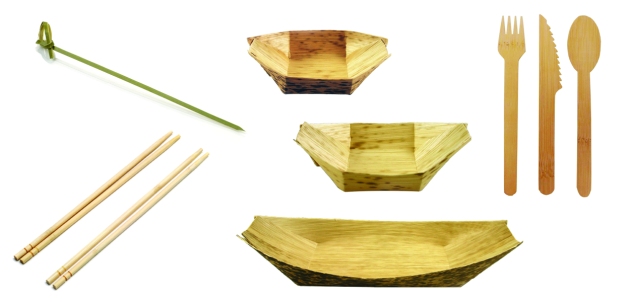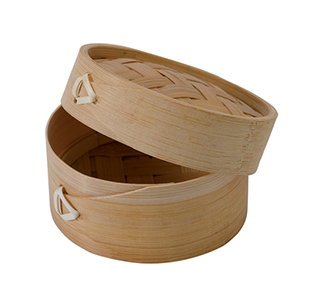In the beginning, everyone is very lost in coming up with a concrete idea for the project and has neglected the help from peers. Through a few discussions with Peian Wong, Rachel Motto, Peachanan Snogjati and Shaz Mukhtar as well as google hangouts with other classmates, Jonathan and Marius, the collaboration between these people has made this the best learning experience Helen has ever had.
The key objective of this assessment and the course centralises not only how to communicate to the target audience, but also through trial and error, collaborating with the people around you in establishing the best communication strategy . The most challenging part of this project is figuring out what is the “right” approach to execute the most effective communication to engage with the audience, the past few weeks has allowed Helen to really learn and experience contemporary communication from a business perspective. Social media is a very fast-pace channel and collaboration and word-of-mouth opinions make this new form of communication so powerful.
Some critical moments:
1. Research of Chinese cuisine industry
Perhaps that this is an academic project, Helen finds it very difficult in reaching out to real businesses, food bloggers and people to participate in creating something that is not real. Firstly, Helen has tried to compile research and information from Canberra’s Chinese dim sum restaurants (and even any Asian restaurants) and none of them are responsive.The last source is asking Helen’s aunt whom has owned a westernised Chinese restaurant in Vancouver, she has told Helen about the experiences and background info of opening a Chinese restaurant and the differences between Caucasians and Asians as customers. Basically, a lot of the Chinese restaurants are opened by the older generation in Canberra, and therefore they do business in a traditional approach, meaning social media is not something they would use to attract customers.
Secondly. reaching out to food bloggers is a bit easier but is still somewhat difficult because it is understandable that well-known food bloggers are unwilling to jeopardise their name to participate into a made-up restaurant, this would cause confusion to their fans. Lastly, engaging with real people is another difficult task. Again, no one wants to really engage in something that they have nothing in return, friends, families and colleagues have been the greatest help.
2. Real vs. Mock-up business
Due to lack of knowledge and experience in retail business, Helen is not sure how to communicate her “business” to the audience when she has no idea how to start or where to start. Luckily, Peian, whom is in the food/restaurant industry and has given Helen really constructive insights on how to approach this project. She suggests to start the project from an opening a restaurant approach.
From the start, Helen is only focusing on promotion and how to attract customers. As generating profit is not part of the project, Helen has neglected any costs incurred in a business, hence not thinking of realistic situations such as corporate social responsibility practice and being environmental friendly. It is difficult to define communication objectives to the audience when the core values are not developed, meaningless content is a waste of time to the audience. Communication is two-way engagement, people will only be responsive if they can gain something out of the conversation.
3. Small businesses and Social Media Communication
Chinese restaurants are mostly small businesses in Canberra, small businesses have minimum resources in time and money, therefore owners or managers are unwilling to risk in social media investment – traditional advertising approach is the safest option. For personal interests as well, Helen sees the need for something modern and fun in the Chinese cuisine; she aims to stay away from traditional “Chinatown” era.
From past research about social media and small businesses, Helen understands what a big commitment it is to manage all social media platforms. She finally has the opportunity to experience social engagement from a business perspective; from brainstorm to research to execute. Especially in the beginning, concepts and ideas were not defined, but the progress gets better after a week and that Helen has a better vision of where this project is taking off. From another aspect, creating these materials is hard because she does not have sufficient resources in creating seeding materials (eg. images).
For any future academic or professional projects, the need to research into all types of communication and understanding the target audience is the most crucial step prior to execution. Failure in contemporary communication nowadays is not understanding that social media is more than just liking and commenting a post, strategic planning behind every activity is what makes the audience engagement successful. One-directional communication used to be effective to those with power and prestige. Today, anyone, regardless of the social status, has a voice, a voice that is equally loud and powerful. Thus, communication will never be one-way again , and therefore it is very unpredictable.

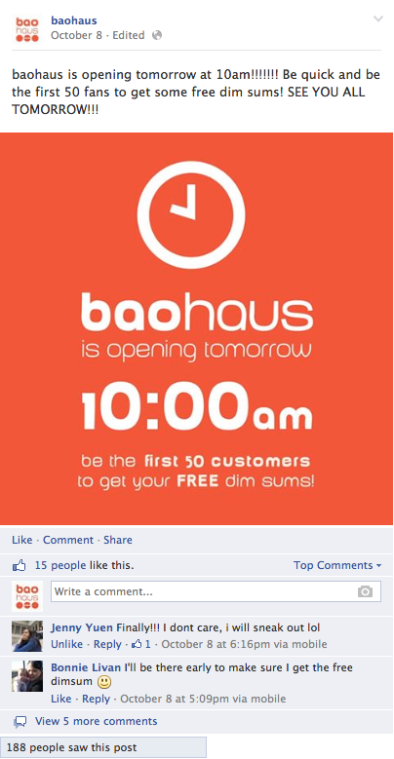
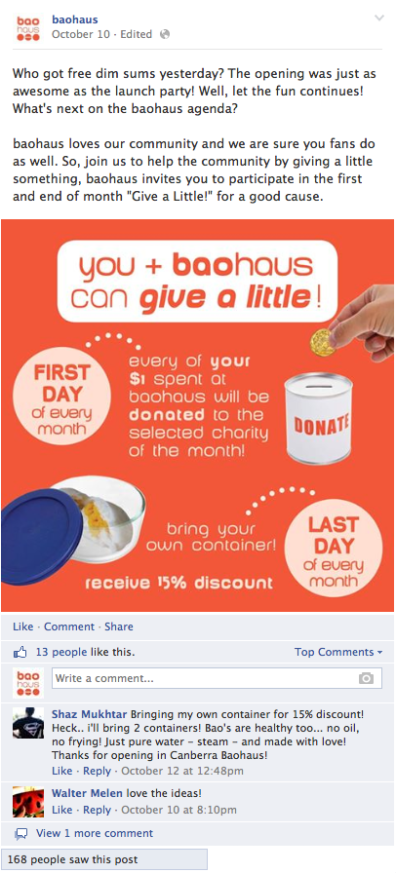
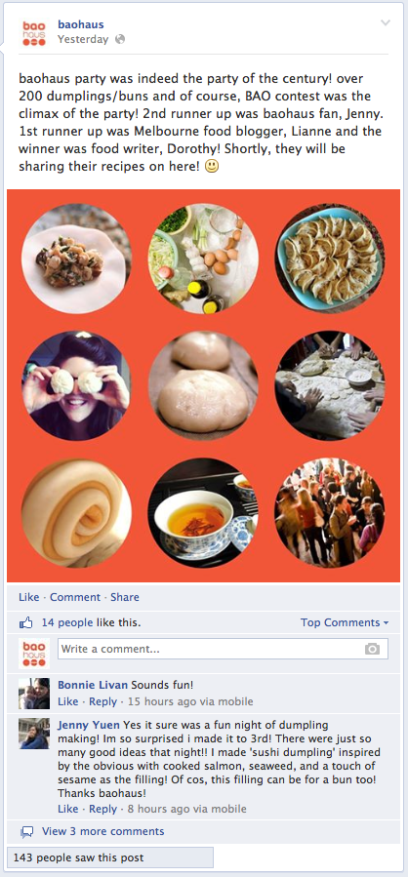
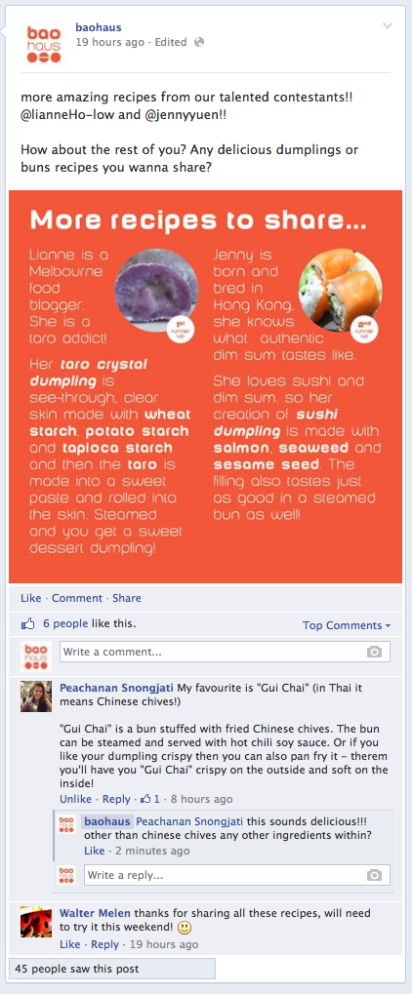
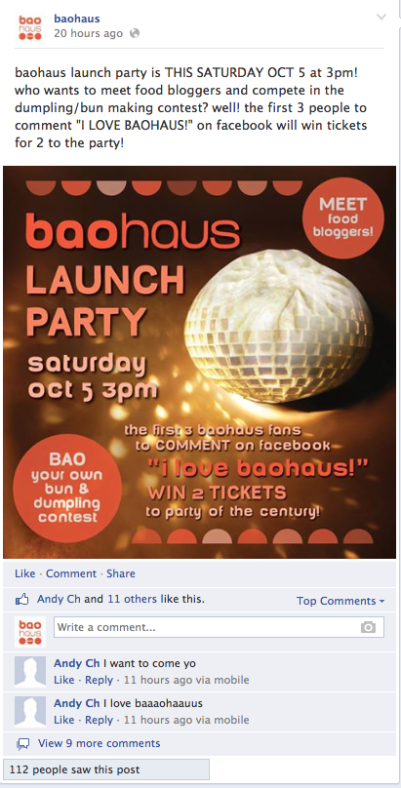
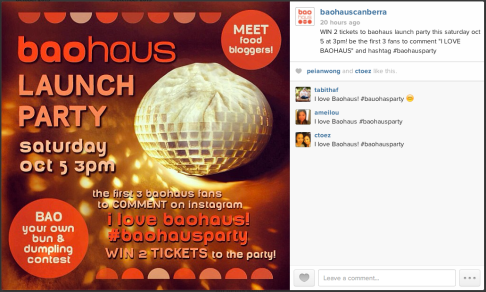
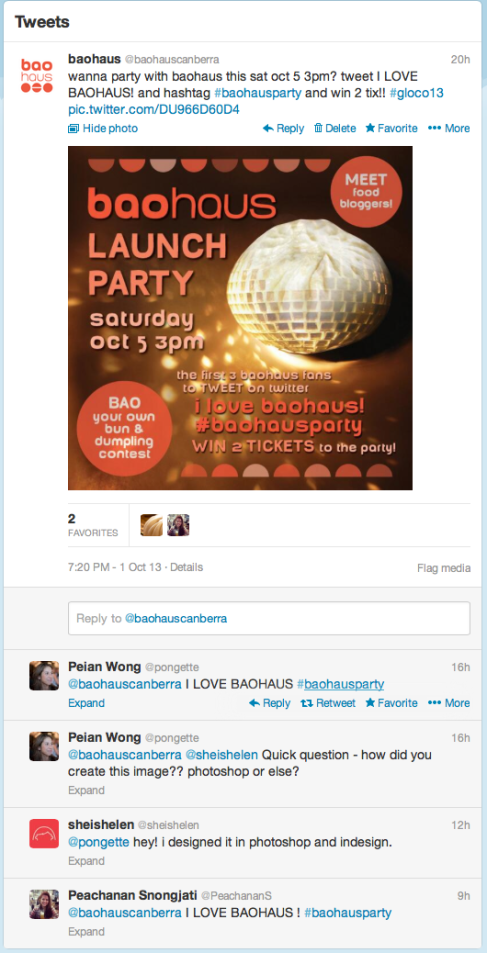
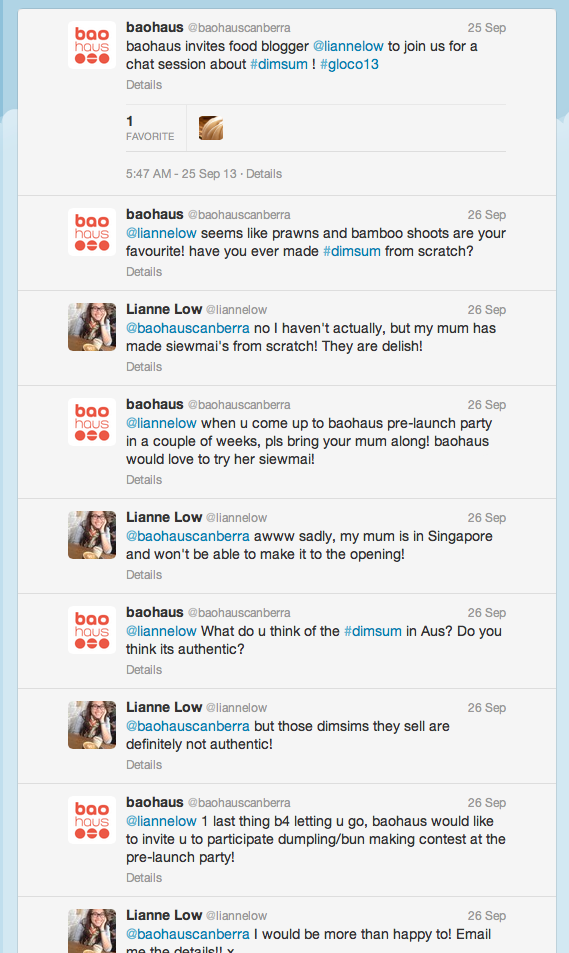
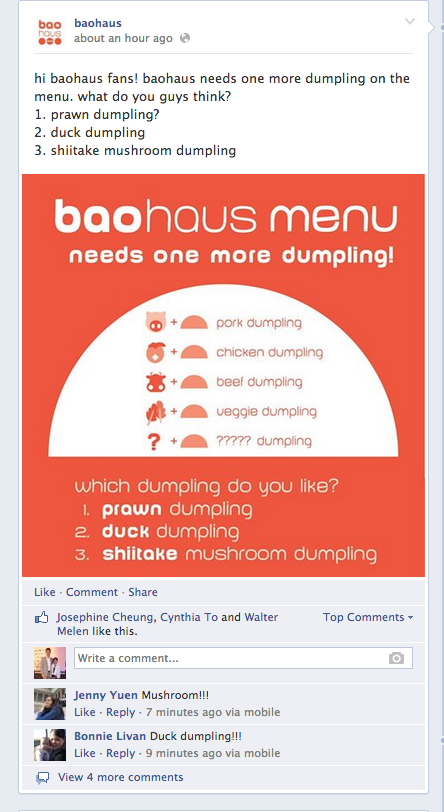
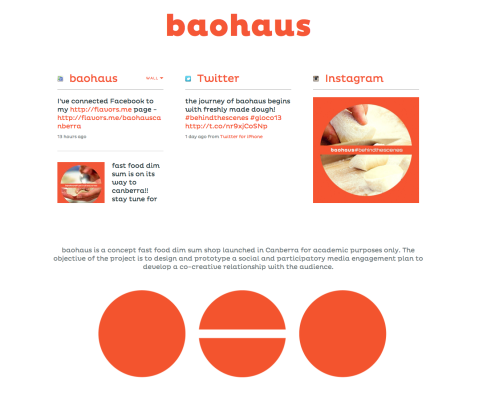
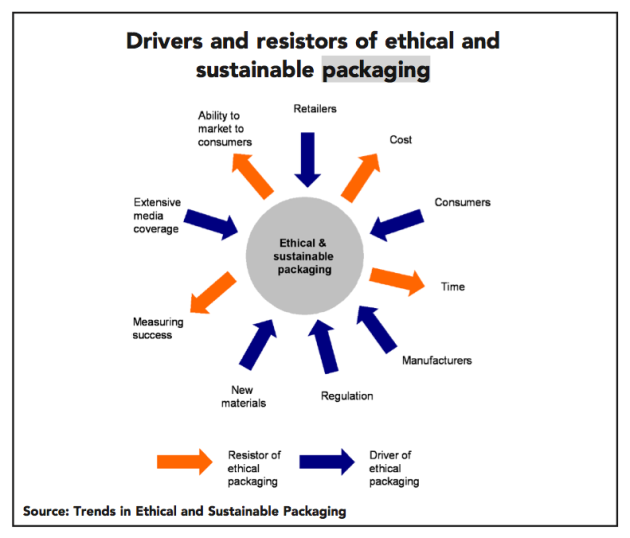

![[wallcoo_com]_bamboos_GA112-smaller](https://sheishelen.files.wordpress.com/2013/09/wallcoo_com_bamboos_ga112-smaller.jpg?w=630&h=393)
